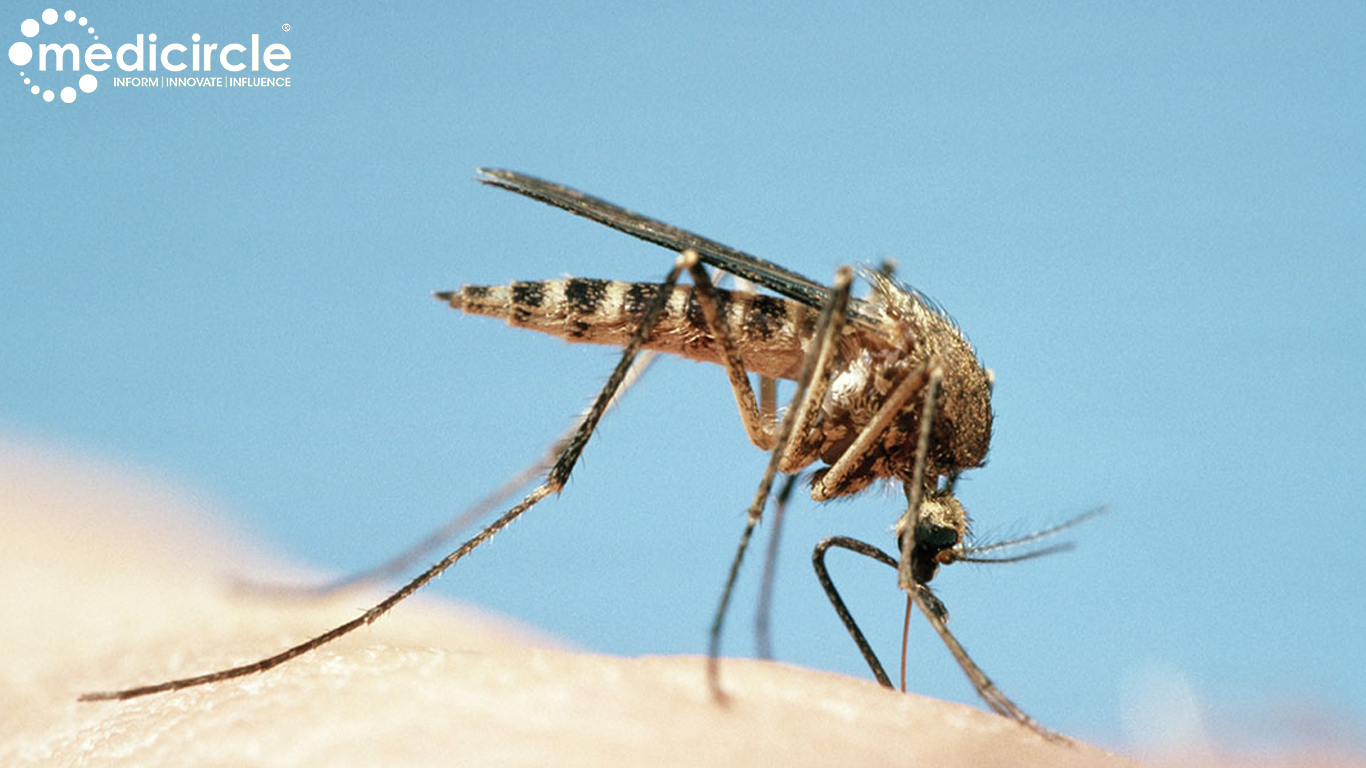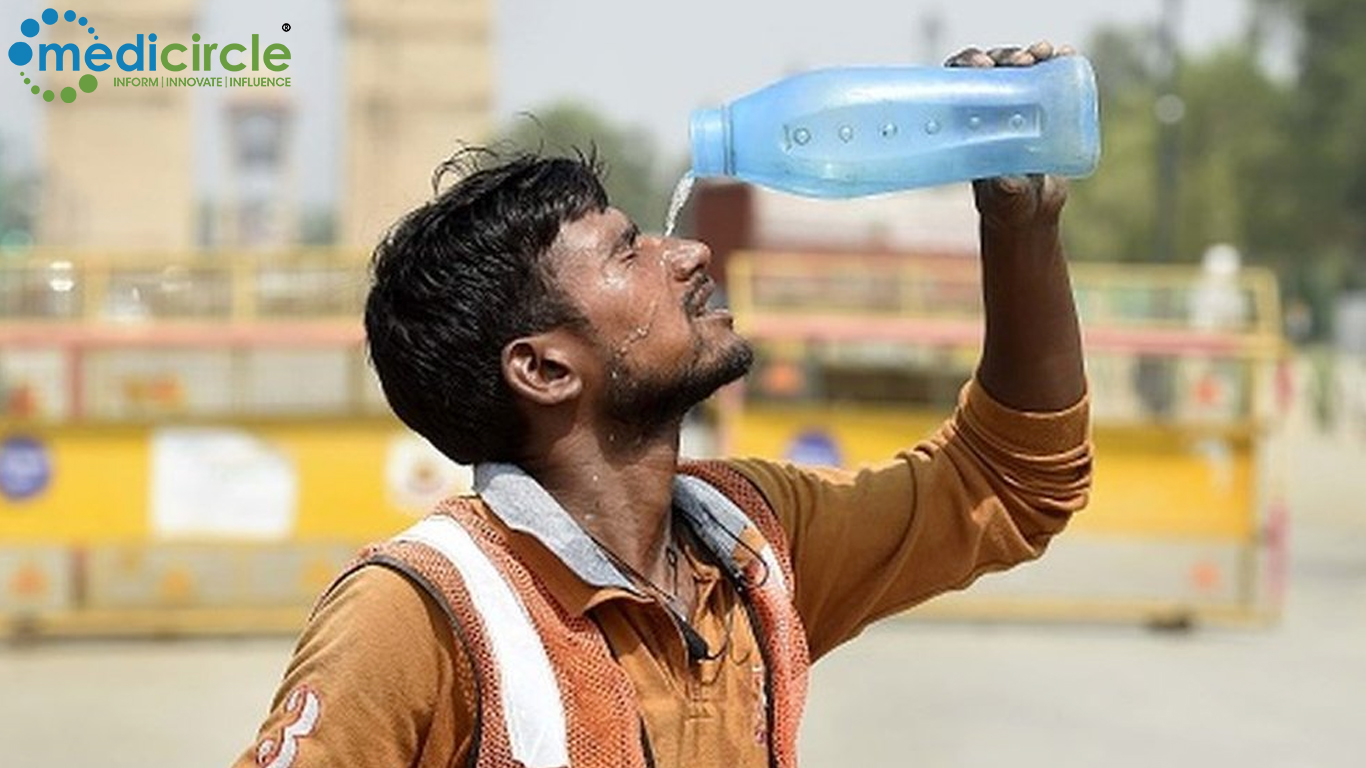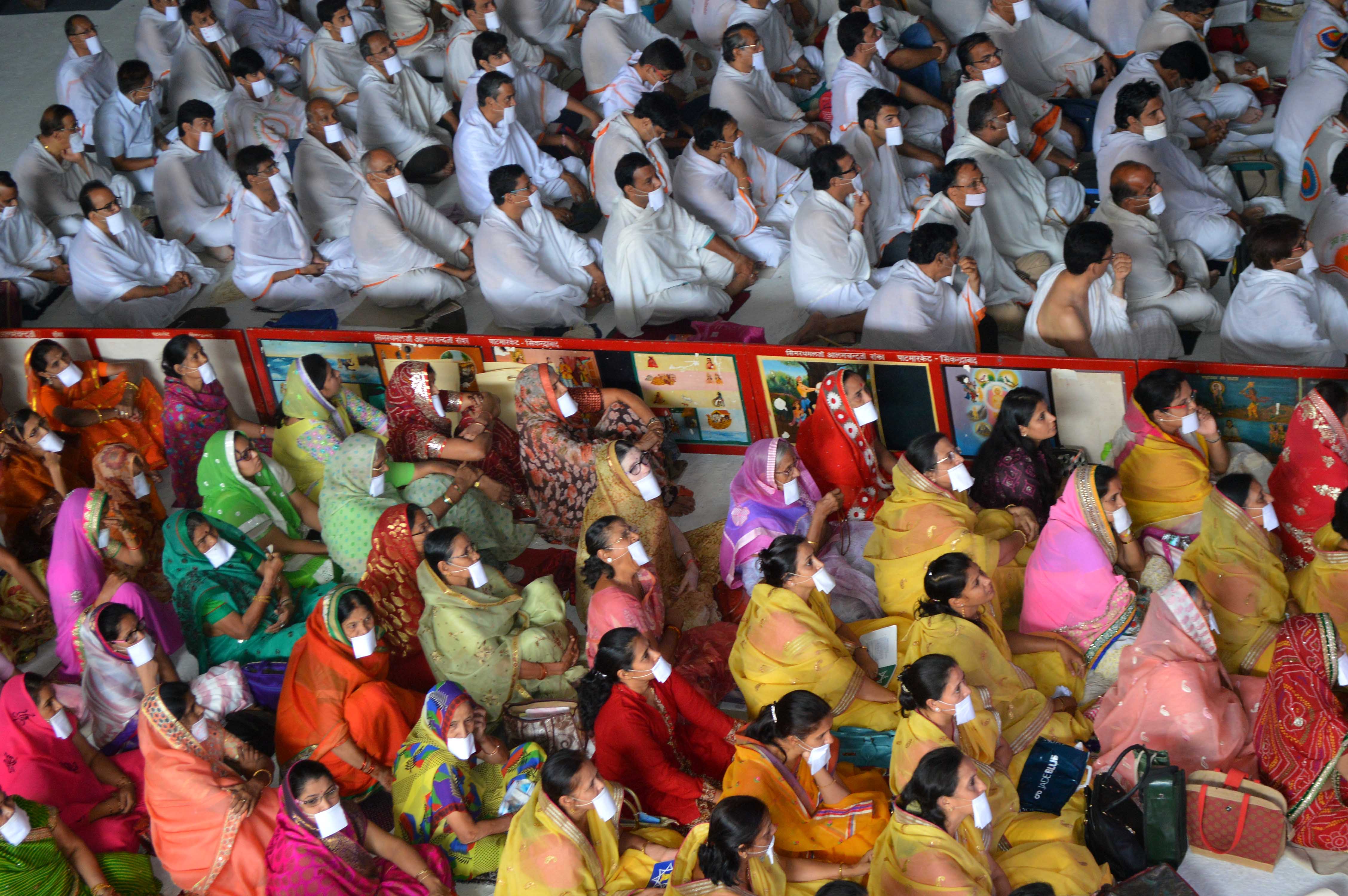A ventilator is what stands between life and death as it helps the patients breathe by artificially pumping oxygen through their windpipe. According to a WHO report, India has only 48,000 ventilators and as cases tick up in India, ventilators, which are in a short supply, is the biggest worry.
To help the healthcare sector, the University Centre for Research and Development (UCRD) at Chandigarh University has come out with a solution with the help of 3D Printing Technology. A team of researchers headed by Prof. Ranvijay Kumar and students of Mechatronics Department have designed 2-way, 3-way and 4-way ventilator splitters which can help in quadrupling the ventilator capacity of hospitals in the quickest possible time. "We have used Polylactic Acid also known as Polylactide (PLA) to manufacture the 2-way, 3-way and 4-way ventilator splitters which is one of the biodegradable and biocompatible thermoplastics derived from renewable sources such as corn starch, tapioca roots and sugarcane," said Prof. Ranvijay.
COVID-19 has become the biggest and the most serious challenge for countries all over the world. With contagious virus infection spreading to more than 206 countries, the global number of coronavirus cases has crossed 1.2 million and claimed about 65,000 lives. Despite nation-wide lockdown India has also witnessed a spike in the number of infection cases in the past week and the number of cases touched 3500 mark.
The Novel Coronavirus causes respiratory distress and in severe cases, patients' lungs lose their capacity to pump fresh oxygen into the bloodstream. Prof. Kumar further said, "A splitter can distribute oxygen to four patients from one ventilator as they usually run at 20-30 percent capacity as they can push 2,000 ml of oxygen per minute into the lungs which means that each ventilator can provide enough oxygen for four people."
Chandigarh University had constituted a Core Research Group on the call made by Department of Science and Technology (DST) which had invited proposals from companies, universities and research institutions to derive technologically driven innovative solutions like low-cost masks, cost-effective scanning devices, technologies for sanitization of large areas as well as for contactless entry, rapid diagnostic kits and oxygenators, and ventilators.
"We have submitted our designs to DST for further testing and Chandigarh University is ready to start mass production of splitters once we get a nod from medical nodal agencies,'' Prof. Kumar added.
Satnam Singh Sandhu, Chancellor, Chandigarh University said, "As a higher education institution of the country, our students and faculty are extensively working on research projects and it is fortunate for us that our research scholars have come-up with a solution at such a time when the whole world is facing the challenge to contain the spread of COVID-19. We have allocated a budget of Rs. 5 Crores for our University Centre for Research and Development (UCRD) which will exclusively work on to find solutions to address the problem caused by the COVID-19 pandemic."

 Chandigarh University had constituted a Core Research Group on the call made by Department of Science and Technology (DST) which had invited proposals from companies
Chandigarh University had constituted a Core Research Group on the call made by Department of Science and Technology (DST) which had invited proposals from companies























.jpeg)









